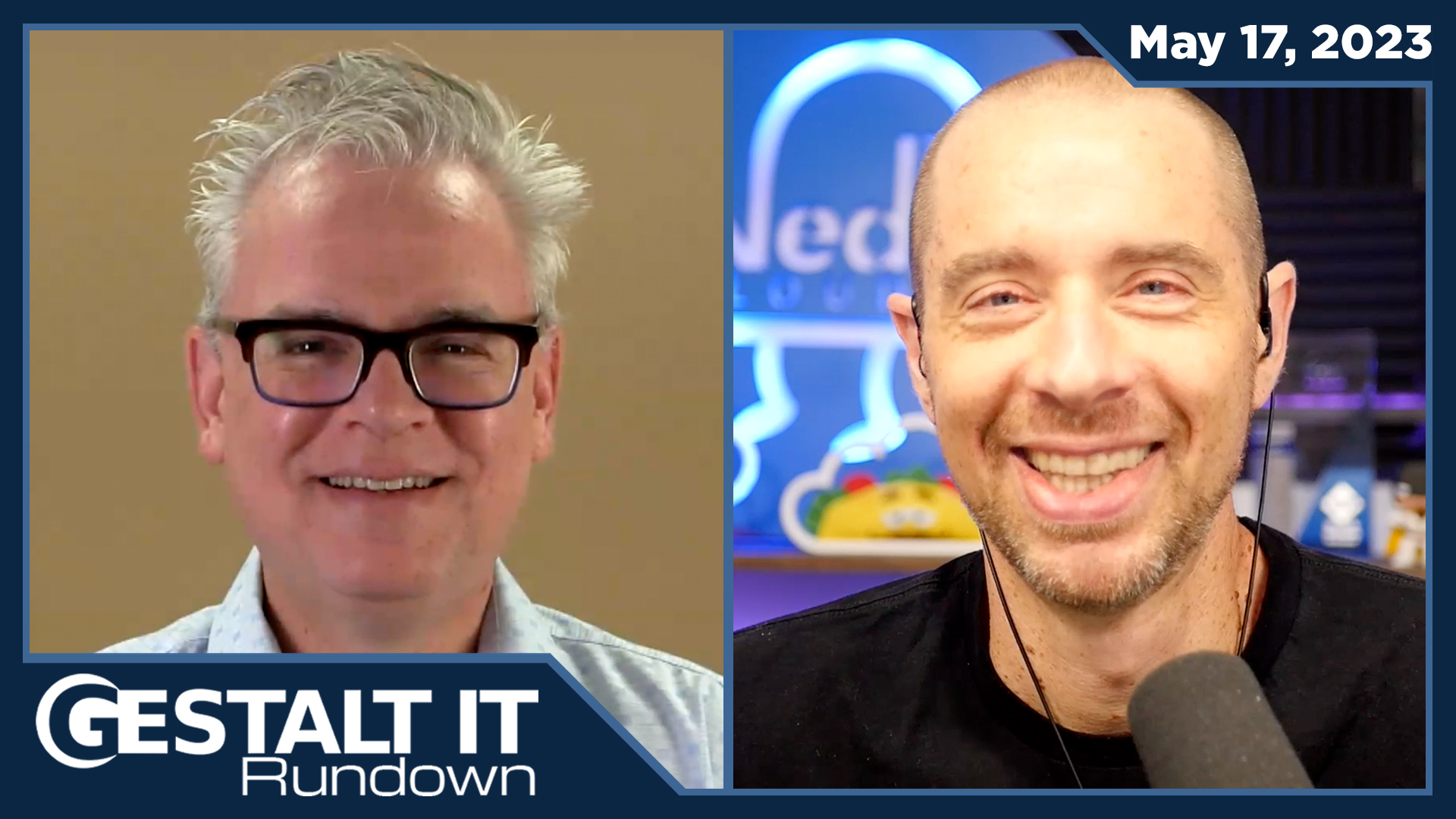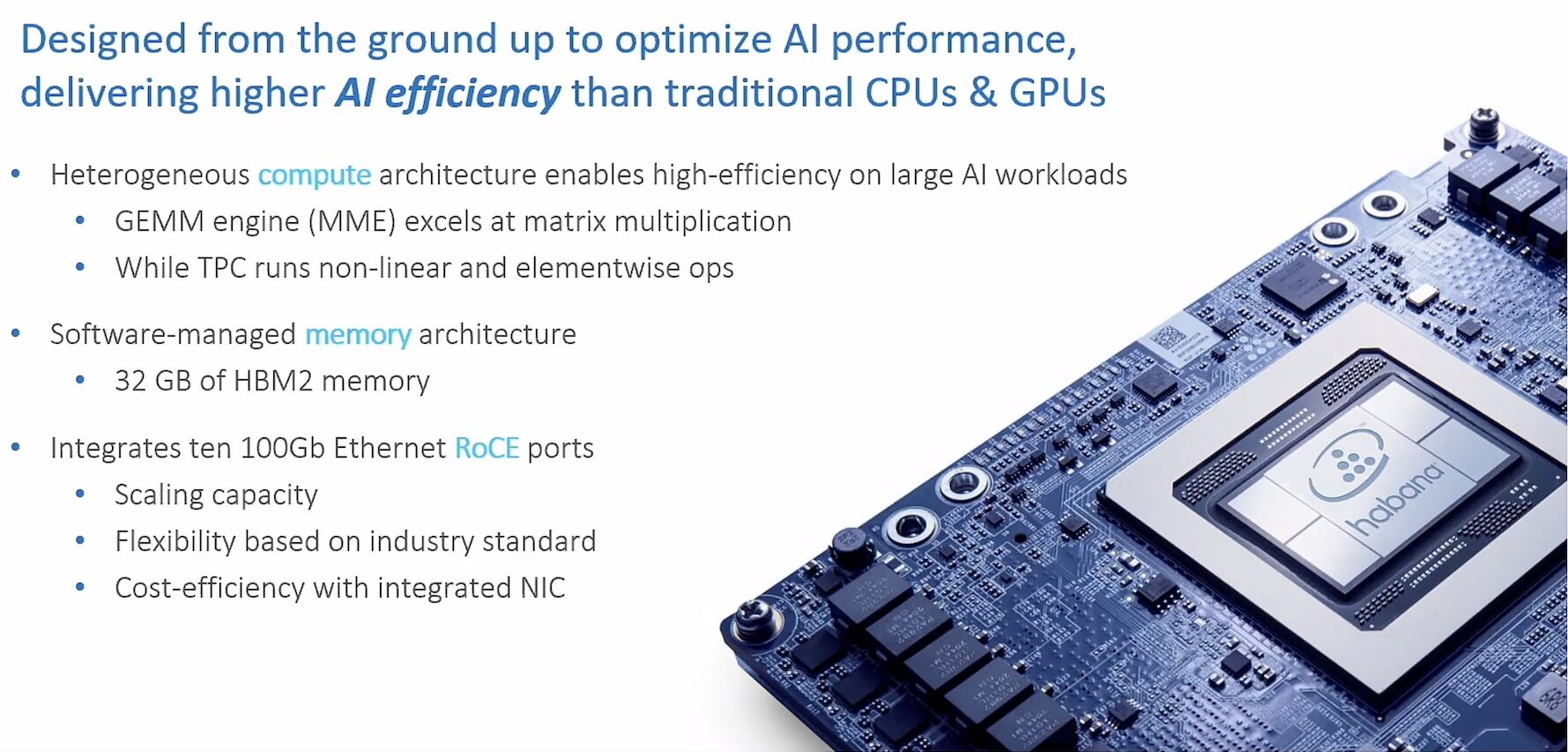There has been a big chatter about the next generation of EMC machines. After the initial release of DMX-3’s in 2005 and then the DMX-4’s in 2007, next generation DMX is almost due now.
With latest announcements from NetApp, IBM and EMC (Next Generation Celerra) in early Feb 2009, EMC’s DMX announcement might come right around EMC World 2009, plus or minus a month.
With the absence of Barry Burke from the Storage Blogosphere community over the past 3 months, it seems like he is busy working on strategy for the new generation of DMX machines.
Here is my wish list or expectations on the new DMX Platform.
Strategy, Cost, Marketing, Support…….
Do less with more!!!! This will have to be the reality of the new generation of DMX’s. In this tough economy and financial distress, if a new product is pitched with same efficiencies and overall similar ROI and TCO models, it will be hard to sell.
Some important CIO, CFO pitches would include, less foot print with more data, higher efficiency, delivered at 2/3rd the cost of previous generation of machines, energy savings, etc. Key Differentiators would be the cost per TB of data storage, cost per TB of management (Storage Administrators, OpEx), a savings of 20 to 30% in this equation might come into play.
The cost of warranty of each DMX is pretty high, during the warranty phase EMC Support Labs in Hopkinton, Sydney, Cork and Bangalore are supporting these boxes on a 24 x 7 basis. If EMC can manage to bring down the cost of in warranty repair including labor, parts, labs, engineering support, the savings from all these can be passed on to the customer. In this market, EMC might offer an extension of a 3 year warranty to a 4 year warranty that might help with ROI and TCO models.
Partners……
Support for new generation DMX’s installs extended to ASN Partners.
Some portions of Enterprise channels will be designed to work like Commercial channels promoting premier partners and ASN partners to perform some work on the enterprise machines.
Model Numbers……
The million dollar question, will it be called Symmetrix DMX-5?
Or will it be called
DMX-5-XP (Extra Performance),
DMX-5-EF (EFD optimized machine),
DMX-5-V (extended support for Virtualization),
DMX-5-950 (same naming convention as before),
DMX-5-8 (8GB I/O),
DMX-V (You can think its V for virtualization or V for roman letter 5)
Let’s not get hung up on the model numbers though.
Names…….
Will EMC for the first time drop the name Symmetrix from this generation of machines, this name comes from the Moshe days.
Technology…..
EMC is known to make a big bang with technology with all its new product releases and has been a leader in bringing new technology to the market. Let’s talk about a few technological aspects to look forward to in the new generation of DMX.
The underlying DMX-3 design has been different than the DMX and DMX2 generation of machines. The DMX-4 design has been pretty similar to the DMX-3’s.
The point I am trying to make, EMC had a time frame of 5 years since the DMX2’s to come up with a radically changed DMX-5 design. Will a completely new design come to fruition with this generation of machines?
Enginuity Code……
A new Family Code is possibly due with this generation of DMX. May be an Initial release level of 5874.xx.xx.
Continued NDU (Non Disruptive Upgrade) Everything concept.
Introduction of PaPS (Plug and Play Support) with disk.
Size…….
2 Cabinet: where one Cabinet is for Controllers, and the other for 2.5 inch Flash Disk. This model will be optimized for Flash Drives only and will be lighting fast.
2 or more Cabinets where the 1st Cabinet is for Controllers and the other ones for drives, the additional drive cabinets can be used for 3.5 inch drives or for 2.5 inch drives depending on the cabinet type you purchase. Also supported with Flash Drives.
Total Raw Storage……..
2048 TB (Double the capacity from DMX-4)
Cache…..
1024 GB Cache (First Enterprise Storage Array to hit 1TB of Cache)
Maximum usable memory: 512GB
Controllers…….
Each DAF, GbE, FICON, ESCON controllers might be subdivided into 8 slices (ports, processors) creating further condensation of controllers, I/O, footprint, drives per DAF.
Additional backend ports will be added with this.
Each processor might be 2.4 Ghz PowerPC Chip.
Introduction of Clariion Type Concepts in Enterprise Storage…….
Plug and Play for disk replacements, where presence of an EMC CE onsite might not be required. This is pretty common with Clariion and NetApp Systems today.
Conceptual change of Global Memory to Local Memory, where memory is part of the controllers and not a global memory pool and Flash drives are used for certain memory operations as a vault.
Microcode upgrades being performed by the customer like its done for the Flarecode today.
EFD’s……..
After support for 73GB and 146GB Flash, will might see 200GB , 400GB and 500GB disk on this new generation of machines?
With the use of EFD’s in Enterprise storage would the concept of IOPS with Storage change to GHz & MIPS.
Introduction of 2.5 inch drives…….
With some OEMs introducing support for 2.5 inch drives, we might see EMC moving in the same direction.
The next generation Clariion’s might have similar drives in them too.
Symapi…….
Today the Symapi database resides on the Service Processor. Service Processors die; crash or get interrupted in middle of a change (provisioning, allocation, and configuration) and all of sudden the customer finds themselves in middle of crisis. All the change windows scheduled will have to be rescheduled, PSE’s dialing into the boxes to troubleshoot and fix issues, etc.
Introduction of an IP based (ethernet) connection to the DMX (talking about the DMX and not the SP) with multiple paths of communication. The SYMAPI databases will be locally stored on the DMX rather than the SP. This is similar to the VCMDB and the SFS volumes which already reside on the DMX.
Introduction of VMware ESXi into the Service Processor Environment to run multiple instances of SP Software and Windows for diagnostics, remote call home, etc. May be One VMware install can call home on the highest priority errors to location 1 and the second calling home with low to medium errors at location 2 and create two different queues for support priority.
Ethernet…..
As mentioned earlier, an introduction of IP based Ethernet management port, allowing SMC (Symmetrix Management Console) to interface, ECC and other Components can communicate through the same infrastructure.
Hardware……
Channel support which would include FICON, ESCON, GbE, FC, iSCSI, RF and some initial support for FCoE.
2048TB of storage in 5 cabinets can only be achieved with 2.5 inch drives.
Introduction of LP SATA Drives…..
Introduction of Low Power SATA Drives to conserve energy.
Plug and Play Support……
It sounds unreasonable, but if this can be incorporated into the DMX Platform, it will really take the overall platform to new levels with configuration, provisioning, customer interface, management, etc. Imagine if you want to add new drives to your current DMX, no BIN file change, just plug the drives in and configure through SMC.
High Efficiency….
At least 30% increase in efficiency, usage, savings, power and reduction in administration, management, support.
Added interface friendliness for SMC usage.
I/O Improvements……
8GB I/O per second Backend?
Improved Cache Partitioning , Mirroring and Priority Controls……
Further enhancements related to cache partitioning and cache mirroring, allowing customers to prioritize cache based on applications, times of the day, etc to certain set of drives or interfaces.
New Conceptual Design with BCV’s, DRV’s, Snaps and Clones……
As I say conceptual, I am not sure if history can change with this new generation of DMX machines or the new code. The mirrors, bcv’s, drv’s, snaps, clones are all treated as mirrored positions, configuration like RAID-5, RAID-6 is hard to manage.
If the code has been completely rewritten using new technologies this might be a reality, working more at a lun level rather than drive levels.
EFD’s and Optimizer…….
With EFD’s the use of Symm Optimizer is not deemed necessary, will optimizer become history?
Policy based support for Atmos…….
This will be one of the best features to look forward with the release of new DMX’s. Will DMX have native support for Atmos or will it be through a policy based engine as additional physical hardware.
Enhanced Support for VMware……..
This is a given, limitations with DMX and VMware with usage of LUN #’s, with the new DMX we will see additional native support for VMware integration features.
Enhanced RSA Integration…..
A lot was seen with DMX-3 and DMX-4 with access controls, etc. Further enhancements to security aspects of the storage.
Enhanced Support for RAID 5 / RAID 6, possible modification of one of the RAID designs to make the product faster………
Introduction of a new RAID type with this generation of DMX’s to compete with NetApp’s RAID-DP.
Storage Virtualization…….
This is really questionable, not sure where EMC wants to take Storage Virtualization.
Virtual Provisioning licensing…….
Virtual Provisioning included as part of the microcode and at no additional cost.
Native support for Deduplication?
Could this happen with the latest DMX’s
Built in SRM tools?
Some support for build in SRM tools into SMC, will help customers identify issues with the DMX.
Advancements with Green Infrastructure……..
This is a given, big marketing pitch, energy savings of 30% at least.
Advancements in Workflow and Automation…….
Further advancements with Workflow, Automation in new versions of ECC and SMC.
Initial Support for FCoE…..
Initial FCoE support has been released on the Clariions. We will see some initial support for FCoE on the new DMX generation.
EMC has discussed this topic so many different ways in the blogosphere, I am pretty sure we will see some early adaption of it in this generation of DMX’s.
Hope I did cover a lot of ground in terms of new technology that we can look forward from EMC.
As usual comments always welcome.




